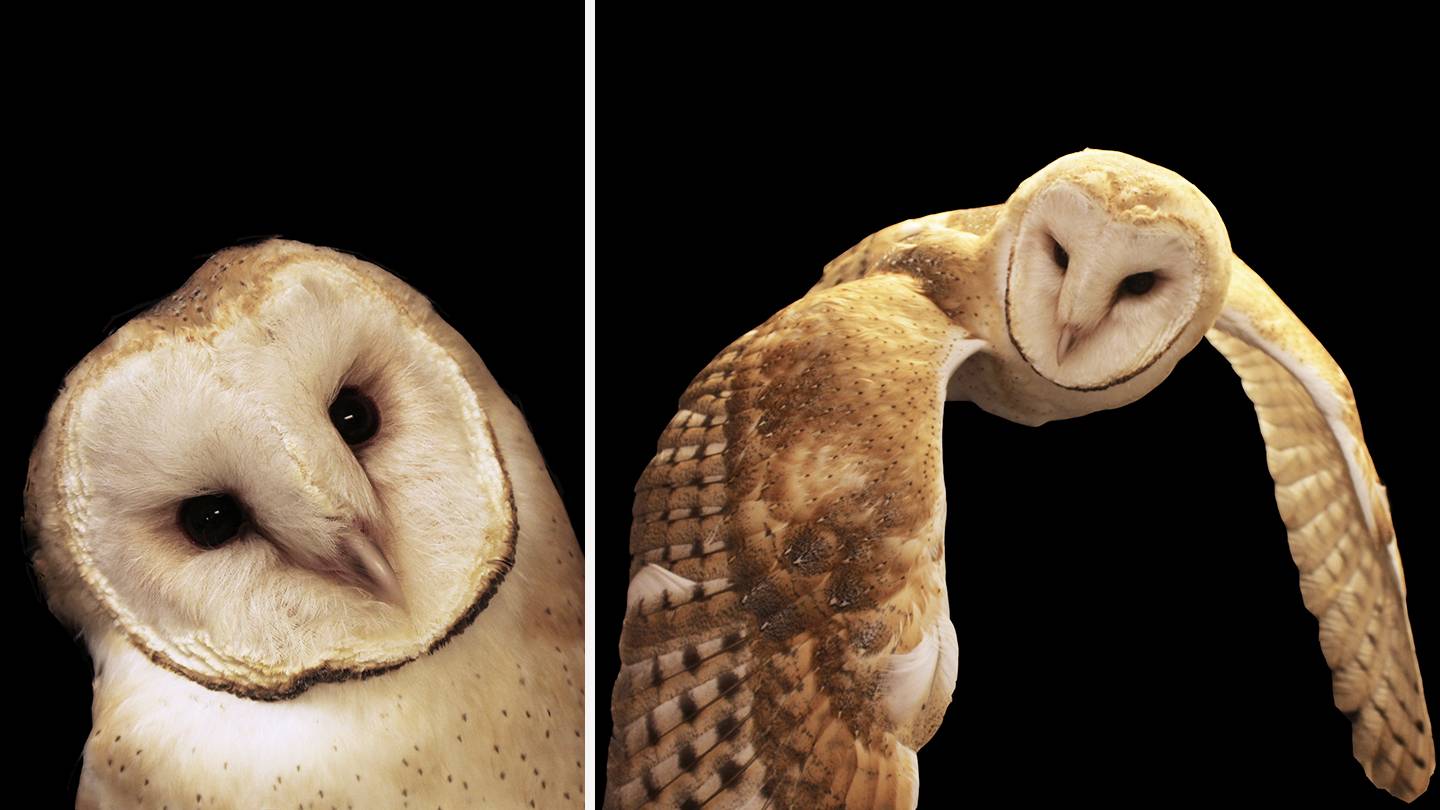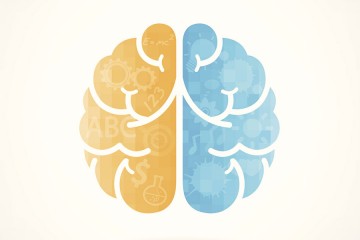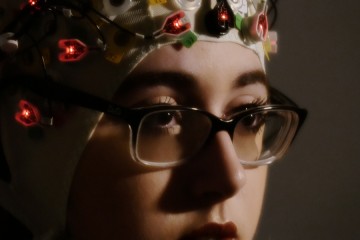- Name
- Jill Rosen
- jrosen@jhu.edu
- Office phone
- 443-997-9906
- Cell phone
- 443-547-8805
By studying barn owls, scientists at Johns Hopkins University believe they've taken an important step toward solving the long-standing mystery of how the brain chooses what most deserves attention.
The finding, the cover article in the latest issue of the journal Cell Reports, likely applies to all animals, including humans, and offers new insight into what goes wrong in brains of people who have attention-deficit/hyperactivity disorder.
"There are a million things out there in the world bombarding our eyes, our ears, our skin, and other sensory organs. Of all of those things, what particular piece of information do we most need to pay attention to at any instant to drive our behavior?" said co-author Shreesh Mysore, a Johns Hopkins University neuroscientist. "Our work provides a really beautiful answer to how the brain solves a key component of that problem."
Although scientists have studied the forebrain of animals for decades, they haven't found a good answer to the question of how the brain decides what to pay attention to. The researchers decided instead to look at the midbrain, an evolutionarily older part of the brain found in everything from fish and mammals to birds and humans.
"All animals have a need to pay attention to the thing that might impact our survival, but we don't all have a highly developed forebrain," said Mysore, who is also an assistant professor of psychological and brain sciences.
The researchers chose owls to study because not only do they have sharp vision and hearing but also, like all birds, they have a midbrain organized in a way that makes it relatively easy to track the activity of specific neurons.

Here, the researchers showed 15 owls visual stimuli on a monitor while measuring the activity of individual neurons in their midbrains.
What they found was puzzling and unexpected. Although individual neurons usually encode visual space topographically, meaning neighboring neurons encode the spaces for neighboring parts of the world, here they found single neurons responding to several pockets of locations, sometimes very far apart.
To find out why these neurons were doubling and even tripling up, lead author Nagaraj Mahajan, a doctoral candidate in Electrical and Computer Engineering, designed a model. He discovered that if the neurons needed to signal the most important location in the world no matter where visual input was coming from, the only possible way they could encode space while keeping metabolic and wiring costs in check was to have fewer neurons than locations in the world, with each neuron encoding multiple disparate locations. The real owl brain matched these computational predictions almost perfectly.
When they counted the midbrain neurons, there were 40 percent fewer of them than possible locations. And the locations that individual neurons encoded were organized by a combinatorial principle, much like a Sudoku puzzle solution.
"This gives us an answer for the first time about how the brain actually solves the problem of selection at all possible locations," Mysore said. "What we have now is a satisfying answer for a problem that is both fundamental and universal. There is promise that the insights from this study could generalize very well all the way up to humans."
The team hopes that with this understanding of how the brain solves the attention at the neural level, it could be possible to make informed predictions about what's going wrong in disorders like ADHD.
"Our thinking is that these midbrain neurons might be an important key to the puzzle of that inability to focus," Mysore said. "This is basic research but it's building ideas that can eventually be tested in patients and, if we're lucky, can help us come up with therapeutics."
Posted in Health, Science+Technology
Tagged neuroscience, psychological and brain science, attention









